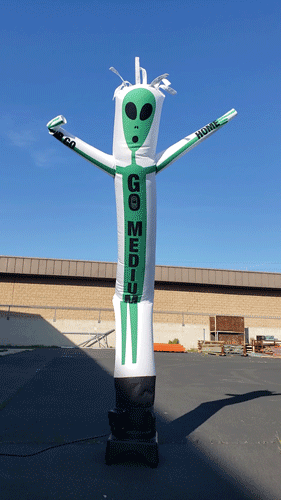A loop is a bend travelling through the fly line from the rod tip to the fly.Paul Arden wrote: ↑Mon Oct 02, 2023 6:20 amSurely a wave travelling through a flyline is not the same as the flyline taking the shape of a wave? A wave moves because it’s a wave. A loop unrolls because the fly leg has momentum.In bold above, there is no "wave turning the loop over". The wave is the loop. That's the point I'm making. Your statement reads to me as "it's the wave turning the wave over".
Unfortunately it’s very difficult to make experiments that appease everyone. As can be seen by Lasse’s comments on mine. I find it very difficult to stall an unrolling loop. It needs to be cast at a very slow speed to begin with. Lasse on the other hand is still wrong.
Cheers, Paul
A mend is a bend travelling through the fly line from the rod tip to the fly.
A tail is a bend travelling through the fly line from the rod tip to the fly.
A dolphin nose is a bend travelling through the fly line from the rod tip to the fly.
Every part of the fly line that is moving has momentum. The line particles in a wiggle mend have momentum too, because they are moving. How do you think a wave propagates if not for the momentum of the particles of the line? (Not directed at you in particular Paul - this is just something that is true but rarely stated.) Indeed, this is exactly why Merlin and Gordy and others are able to present the loop as a classical Newtonian Physics solution. The forces acting on the rod leg and the fly leg resolve and can be shown using those complex equations, but my students (and I) grasp the concept of wave motion more easily than integrals and derivative calculus. It's easy to demonstrate without a blackboard.
Yes indeed - the line does need to be moving very slowly to stall the cast. Exceedingly slowly! It's close to impossible in the wind or with short lines or with lines that have a long front taper. When I'm trying to demonstrate the slowest possible casts to the students, I need to make between 6 and 10 attempts before I can get it to collapse. Even then I cheat more often than not - I reveal the cheat after they've had a go, the cheat being dropping the rod tip and making slack! That's why the exercise is such an "ah ha" moment for the students. They realise exactly how slowly they can cast and still make the cast work - provided they maintain tension in the rod leg. It is almost impossible to stop the loop if the rod tip is high, which is a great lesson to provide any student.
Cheers,
Graeme

